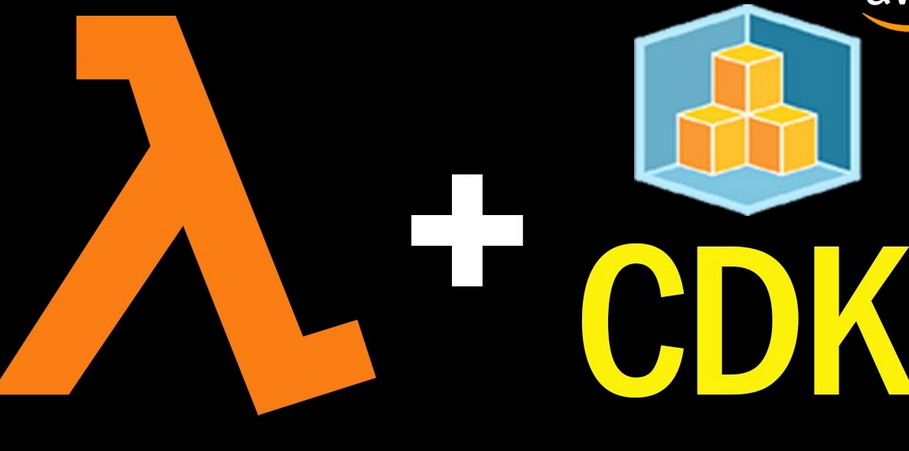Now, let’s learn about some generic best practices for effectively addressing the misconfigurations associated with identity and other security risks…

Best practices to mitigate network security misconfigurations – Major Configuration Risks-1
Mitigating network misconfigurations involves a combination of careful planning, implementation of security measures, and ongoing monitoring. Here is a comprehensive…

Suspicious and malicious activities – Major Configuration Risks
In multi-cloud environments, detecting suspicious and malicious activity is crucial to maintaining the security of your cloud resources. Here are…

Data protection misconfigurations – Major Configuration Risks
Data protection-related misconfigurations can lead to significant security and compliance risks. These misconfigurations can result in data exposure, unauthorized access,…

Lateral movement misconfigurations – Major Configuration Risks
Lateral movement refers to the ability of an attacker to move horizontally from one compromised resource or system to another…

Network security misconfigurations – Major Configuration Risks
Network security misconfigurations refer to errors, oversights, or improper settings related to the networking infrastructure within a cloud setup involving…

Identity misconfigurations – Major Configuration Risks
Identity and Access Management (IAM) misconfigurations are among the most critical issues to address for a hybrid multi-cloud environment. IAM…

Correlation – Major Configuration Risks
To establish a correlation, it can be stated that misconfigurations and vulnerabilities can create opportunities for malware to infiltrate and…

Malware – Major Configuration Risks
Malware is malicious software designed to infiltrate, damage, or compromise computer systems. It can affect virtual machines, containers, or cloud…

Workload misconfigurations overview – Major Configuration Risks
Major configuration risk refers to vulnerabilities or weaknesses in the configuration of cloud resources that could lead to the unintentional…
